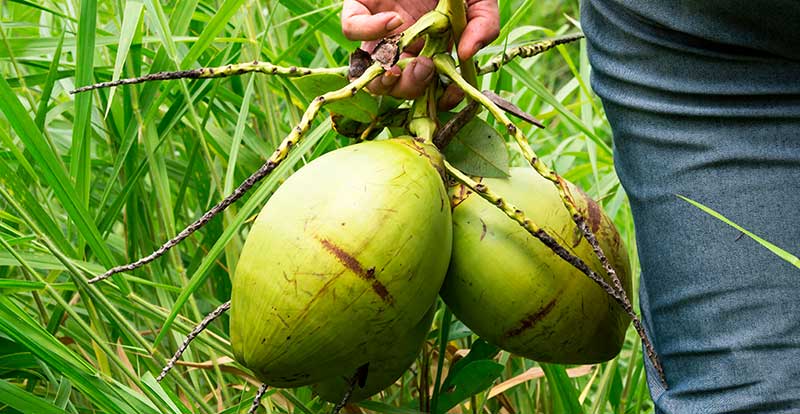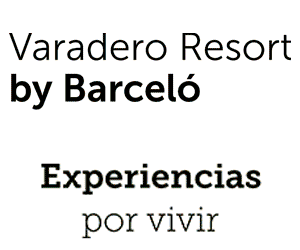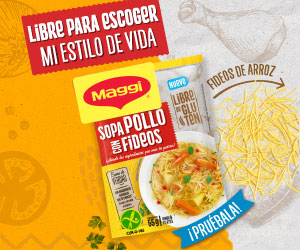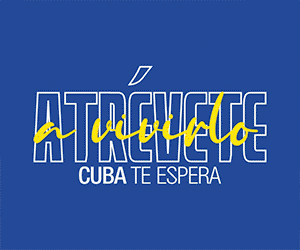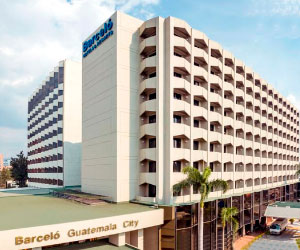The global coconut industry is expanding and so is the industry in the Caribbean, with Guyana among the top producers.
Speaking on day two of the Agri-Investment Forum and Expo, Ansari Hosein, Executive Director of the Caribbean Agricultural Research and Development Institute (CARDI), gave some insight into the development of the regional coconut industry.
“Long time ago when we spoke about liquid gold, we would normally be speaking about oil, but coconuts have the potential to be liquid gold, as well.
“Out of 70 billion coconuts harvested every year, about at least 10 billion are used for coconut water alone. The global market is estimated to go from about the value of $11.5 billion in 2018 to more than $30 billion in 2026,” he pointed out.
The largest importer of de husk coconuts, China’s importation has increased from approximately US $62 million in 2012, to US $401 million in 2021.
In the Caribbean, the demand for coconuts between 2016 and 2020 has grown from more than US $8 million to US $10 million, Hosein said, noting that in the region production will move from more than 313, 000 tonnes in 2010 to more than 726, 000 tonnes in 2023.
Guyana is among the three countries in the region that account for more than 90 per cent of that production, producing 20 per cent with the Dominican Republic producing 59 per cent, and Jamaica, 12 per cent.
Noting that there are a lot of prospects for the development of the industry in the region, Hosein highlighted a number of strengths, such as the acreage. He said while some rehabilitation is needed, there is much room for expansion and development.
Hosein noted that through a new project, more than 100 linkages were developed with partners, such as the European Union, CARDI and other regional and international agencies.
He added that there is a growing number of governments in the region willing to support the coconut industry, including Guyana. But while there is scope for development, the industry has its challenges, such as poor agricultural practices and the common issue of accessing equipment and planting materials.
Access to capital and the need for better infrastructure were also highlighted as challenges, along with trade barriers in some countries.
The red palm mite and lethal yellowing are among some of the pests and diseases that also pose challenges. Despite these challenges, there is great interest and a number of regional companies have invested heavily in the sector.
Meanwhile, during the interactive session, General Manager of the Hope Coconut Industries Limited, Ricky Roopchand noted that there is a major issue that is hampering the import and export of coconut seedlings.
“We have a major bottleneck in terms of moving material or getting material in the country among CARICOM, the phytosanitary conditions that you have to meet is a major bottleneck. I think it’s draconian, to put it in another term, you can’t even move anything,” Roopchand said.
He noted that there are currently 10 coconut nurseries across the country capable of producing 206,000 coconut seedlings at full capacity.
“Guyana could supply other places with coconut planting materials and we need, at this time, to import some 18-month variety from Suriname, but we can’t do it,” Roopchand noted.
In response, Hosein acknowledged the challenge but noted that it is necessary to prevent pests and diseases from entering another country. He said these policies can only be changed by the individual territories.
The PPP/C Government, since taking office in 2020 has made tremendous strides in providing support to the various stakeholders in the coconut industry. To revive the industry, several coconut nurseries were set up in various parts of the country to encourage the cultivation of coconuts. (https://thecaribbeannewsnow.com/caribbean-coconut-industry-sees-expansion/)






















